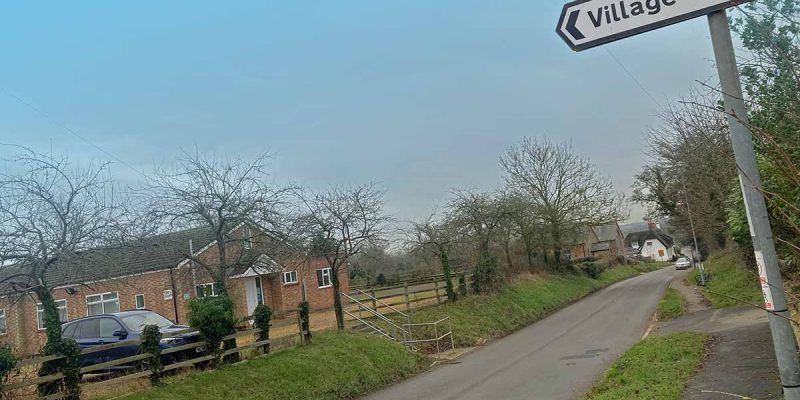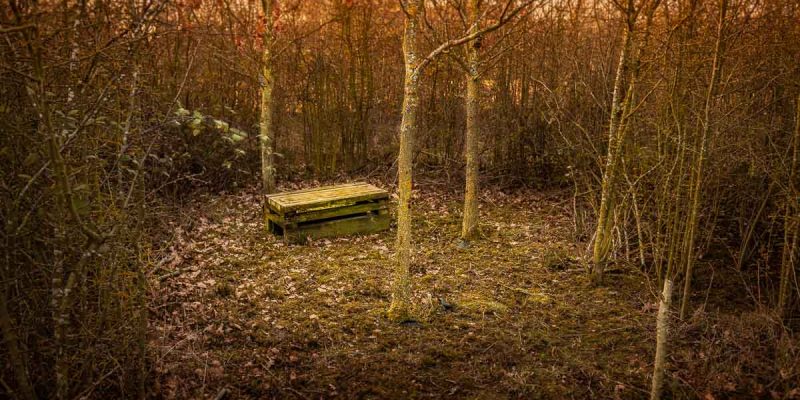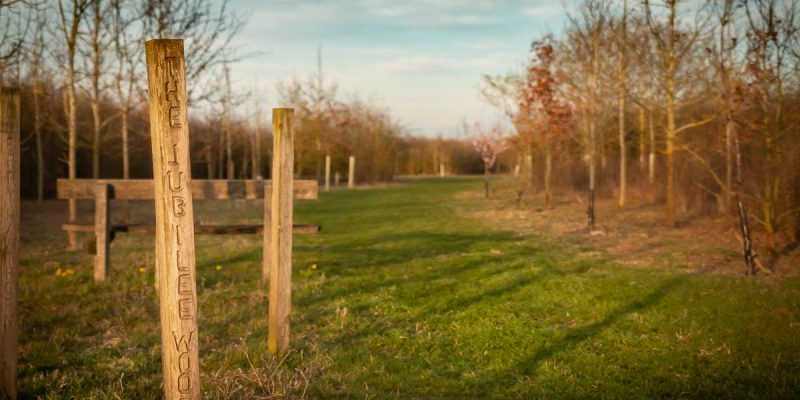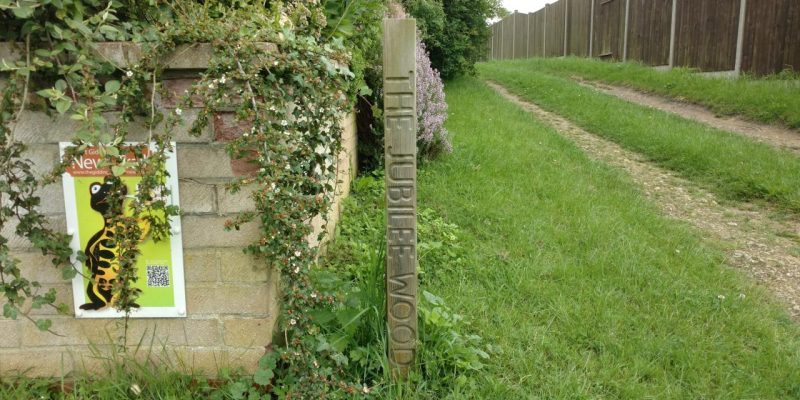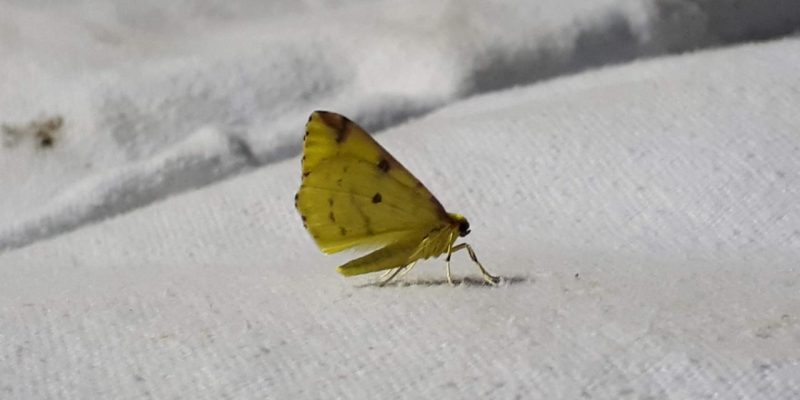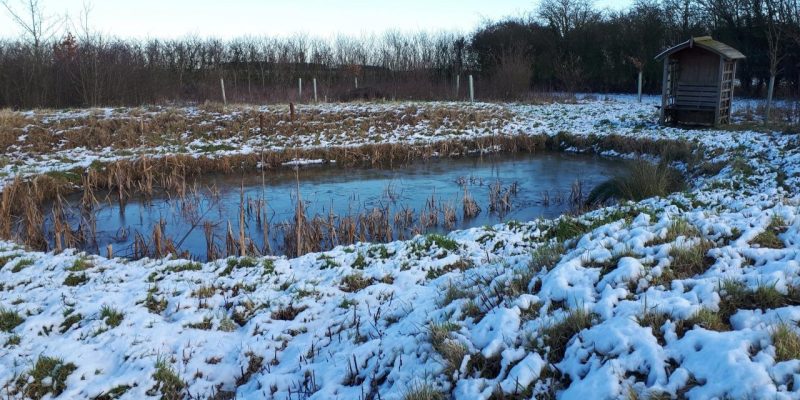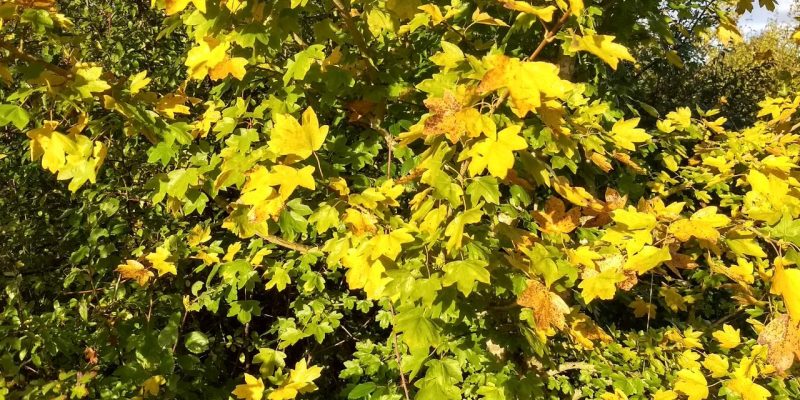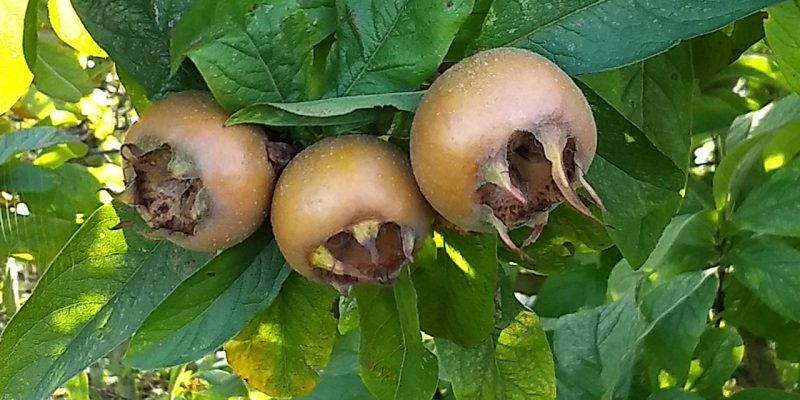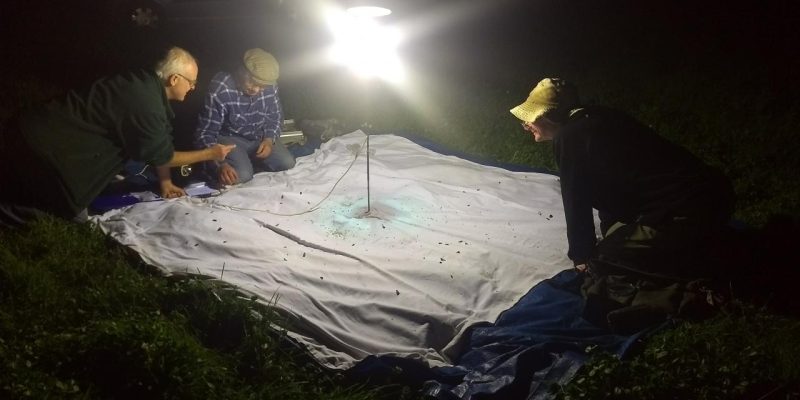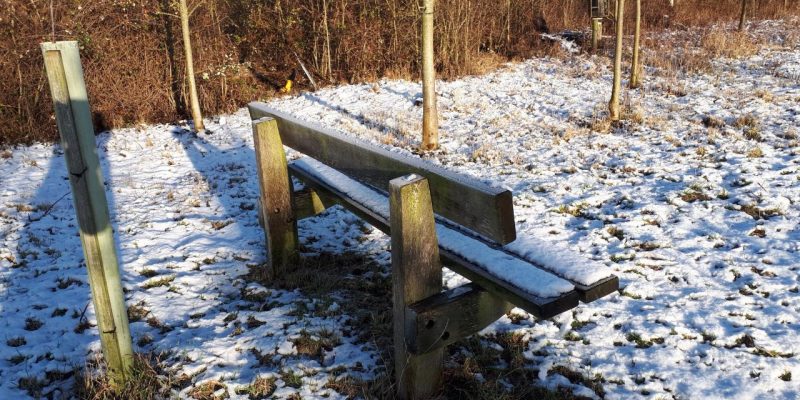Notification has been received this evening that work will commence on roads around the parish to complete the next stage of the Local Highways Improvement programme. The work starts tomorrow, Wednesday 23rd February, and is anticipated to take place until Friday. This will affect Chapel End, Main
Read more →The July Knowledge Share – Sunday 14th from 2.30pm ‘Nature & Well Being’ – “A Journey through the senses” With an opportunity to do some practical exercises in and around the wood. This event is kindly being hosted by Rachel Giddens. —————————————————————————————————————————————————————————————– Summer Picnic Following on straight
Read more →Next event – Pond life in, on and above & habitat construction Sunday 12th May 2.30pm. The May event focuses on the pond environment (although if it doent rain hard soon we may just be looking at a deep muddy puddle) Always facinating to see an active
Read more →Jubilee Wood in March March 2019 Jubilee Wood As the weak winter sun dips down behind the trees in the wood, and we welcome the first official days of spring with the vernal equinox, it’s hard not to wish for signs of summer with long days and
Read more →Over the past year Andrew Frost and Barry Dickerson have carried out several moth trapping evenings to record and evaluate the level of moth and butterfly activity in the Jubilee Wood. Andrew has compiled this report on the 2018 findings and the totals thus far since they
Read more →Jubilee Wood in December December can be a difficult month for some people, with the nights at their longest it can seem a dark and challenging time, but if we look at the natural world we might learn a way of seeing things differently.Wandering around the
Read more →Autumn approaches but the wood is still full of leaf even if there are some early signs of yellowing in some of the trees. John Keats’ poem To Autumn with its famous first line: Season of mists and mellow fruitfulness always makes me think of cooler mornings
Read more →Jubilee Wood in May 2018 May has been another interesting month weather wise, sometimes pouring with rain and at other times so hot it’s been difficult to be outside.It doesn’t seem to have bothered Mother Nature though, and the Jubilee wood is growing at a fast pace,
Read more →Despite the never ending rain and gloom of the 2018 spring, last Saturday evening, 7th April the weather conditions were such that our local moth specialists asked permission to survey the Jubilee Wood, hoping to find some early season species to add to the growing list of
Read more →Exciting news from the Jubilee Wood maintenance “team” – a new path has been cut adjacent to the first seat at the entrance to the wood. This has been done to add a bit of variety to the visitor experience. Hidden along the path are a couple
Read more →